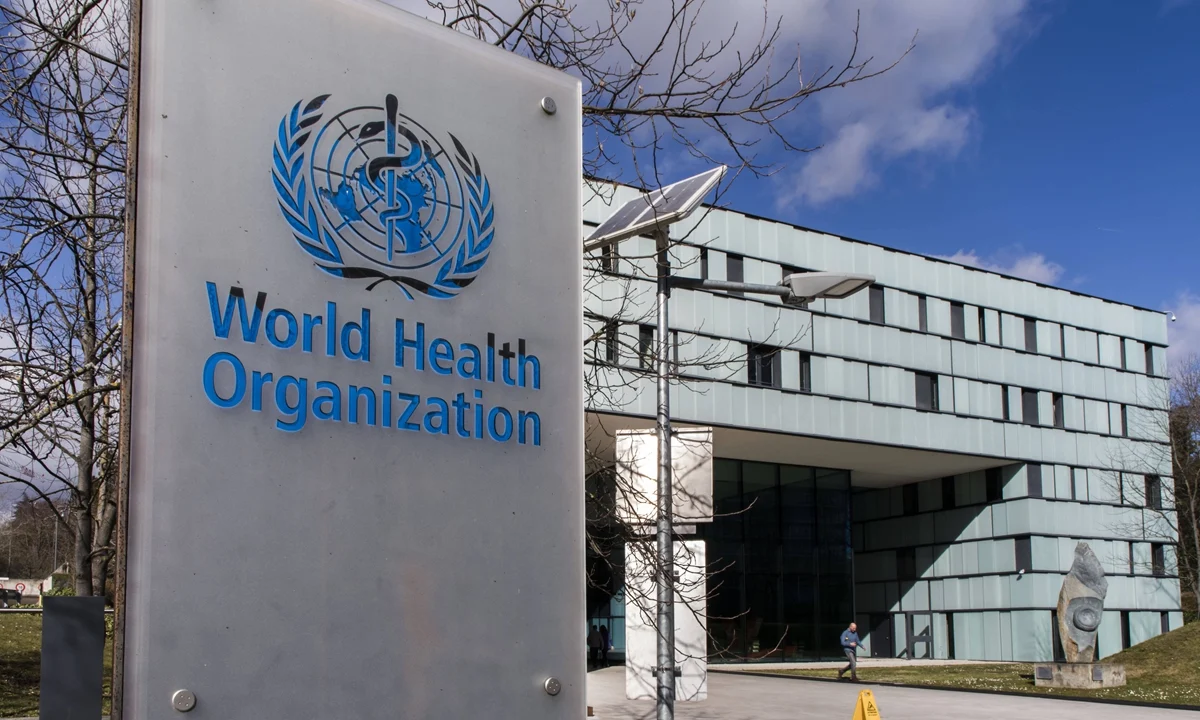Dr. Tedros Adhanom Ghebreyesus, the leader of the World Health Organization (WHO) has warned coronavirus is still capable of causing mass death. He made the warning as the latest Omicron subvariant – XBB.1.16, known as “Arcturus” – circulates, though the WHO has previously said it carries no extra risk compared to previous subvariants.
He said reported COVID deaths have dropped 95% since the beginning of the year, though some countries have seen increases and 14,000 people have died from the disease globally in the past four weeks.
An estimated one in 10 infections results in post-COVID-19 conditions, he added, suggesting hundreds of millions of people will need longer-term care.
And, as the emergence of the new XBB.1.16 variant illustrates, the virus is still changing and is still capable of causing new waves of diseases and death.
We remain hopeful that sometime this year, we will be able to declare an end to COVID-19 as a public health emergency of international concern, but this virus is here to stay and all countries will need to learn to manage it alongside other infectious diseases.”
Dr. Tedros said.
As of 17 April, the Arcturus subvariant had been reported in 33 countries, with the most coming in India. Five people in England have died from it. The risk assessment from a WHO report on Arcturus read: “Based on its genetic features, immune escape characteristics, and growth rate estimates, XBB.1.16 may spread globally and drive an increase in case incidence.”
However, it added there were “no early signals of increases in severity have been observed” in India and that “available evidence does not suggest that XBB.1.16 has additional public health risks relative to the other currently circulating Omicron descendent lineages”.
Meanwhile, speaking at the same briefing as Dr. Tedros on Wednesday, Dr. Maria Van Kerkhove, the WHO’s COVID response lead, said the emergence of variants “indicates to us the virus continues to evolve, and it will continue to evolve because the virus is circulating pretty much unchecked.
What we need to be able to do is keep surveillance up… because we have to remain vigilant. The virus is not going anywhere and we have to learn how to manage this appropriately.”
Dr. Maria Van Kerkhove said.
What is the COVID variant Arcturus?
The XBB.1.16 strain of coronavirus is a sub-variant of Omicron, but health chiefs have said that there is no evidence to suggest the strain is more severe than past subvariants. Data from the UKHSA shows Arcturus makes up roughly 2.3 percent of all new cases.
In India, where it was first detected and is most prolific, the spread has led the government to take measures to stop its spread, including reintroducing the use of face masks in public spaces. The country has asked states to identify emergency hotspots and ramp up testing for COVID-19 in reaction to the surge.
What are the most common symptoms?
According to the ZOE Covid study, the three most common symptoms are now a sore throat, a runny or blocked nose, and sneezing, while fever and loss of sense of taste or smell – previously among the most common signs of the virus – are no longer in the top 10.
According to the GAVI global health partnership, anecdotal reports in India suggest Arcturus may be associated with “itchy” or “sticky” eyes, as well as a high fever and cough. Paediatrician Dr. Rahul Nagpal told India Today: Usually, these children come with simple respiratory infections of cough, cold, and fever, and when tested they turn out to be positive. Dr. Nagpal added the main symptoms of XBB.1.16 in adults resembled the flu, including a nasal discharge, sore throat, and cough.




